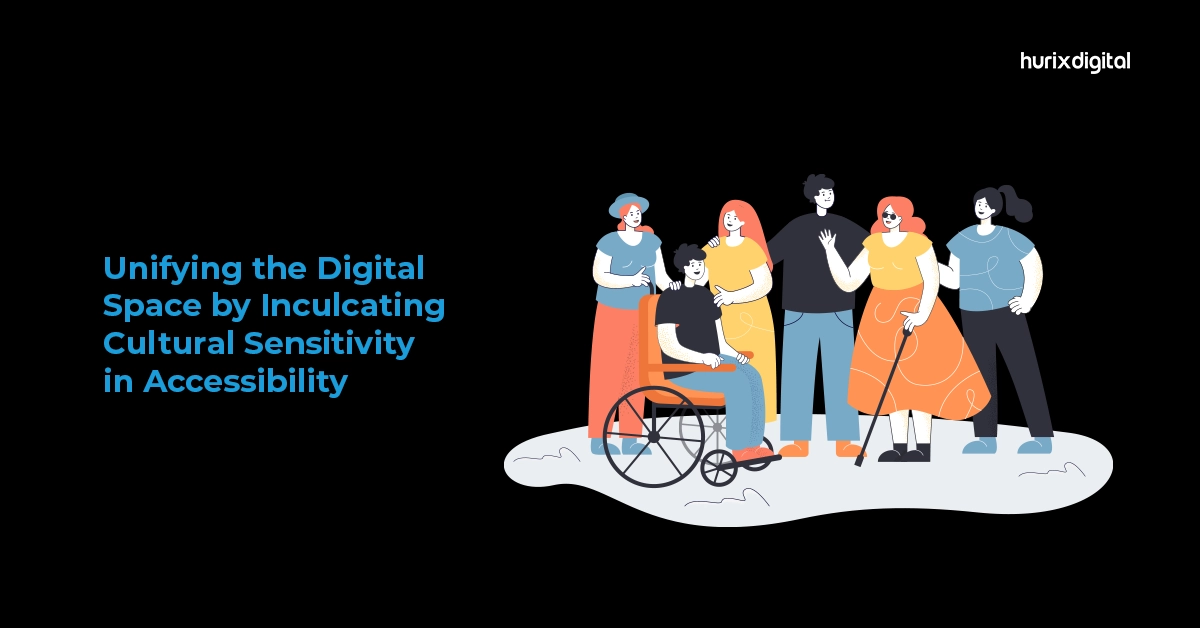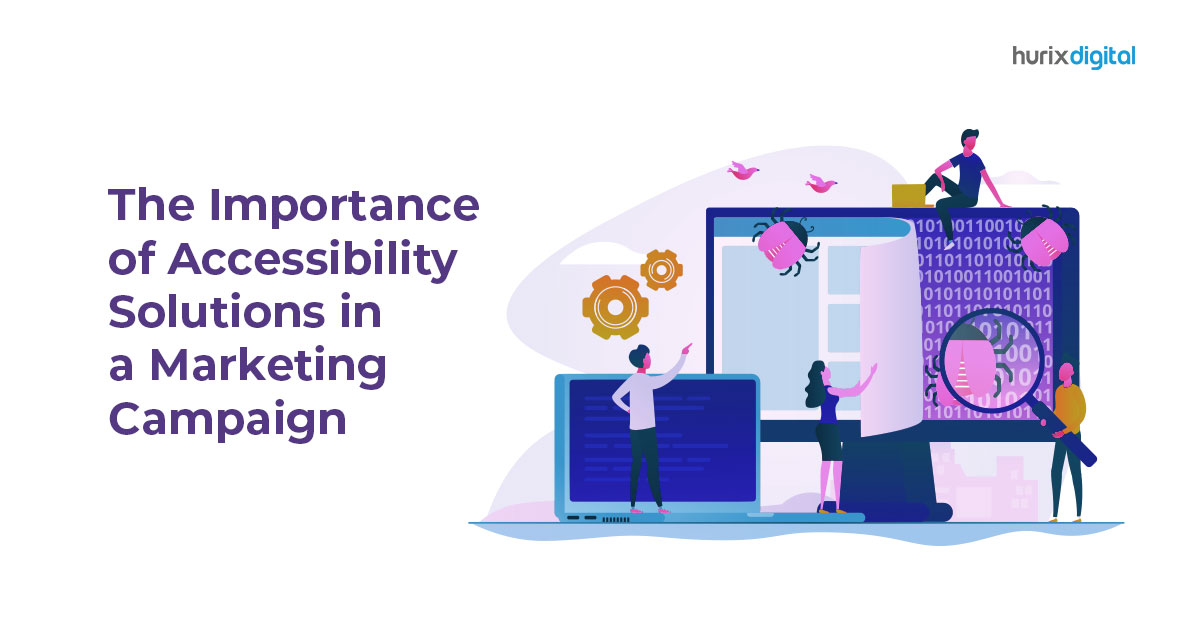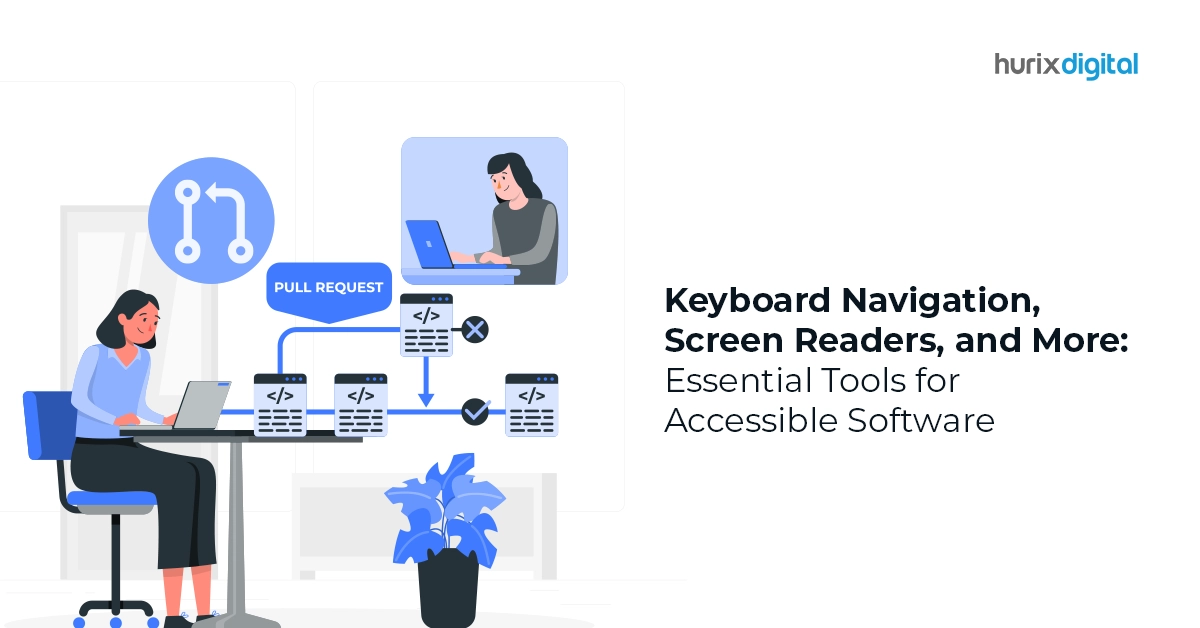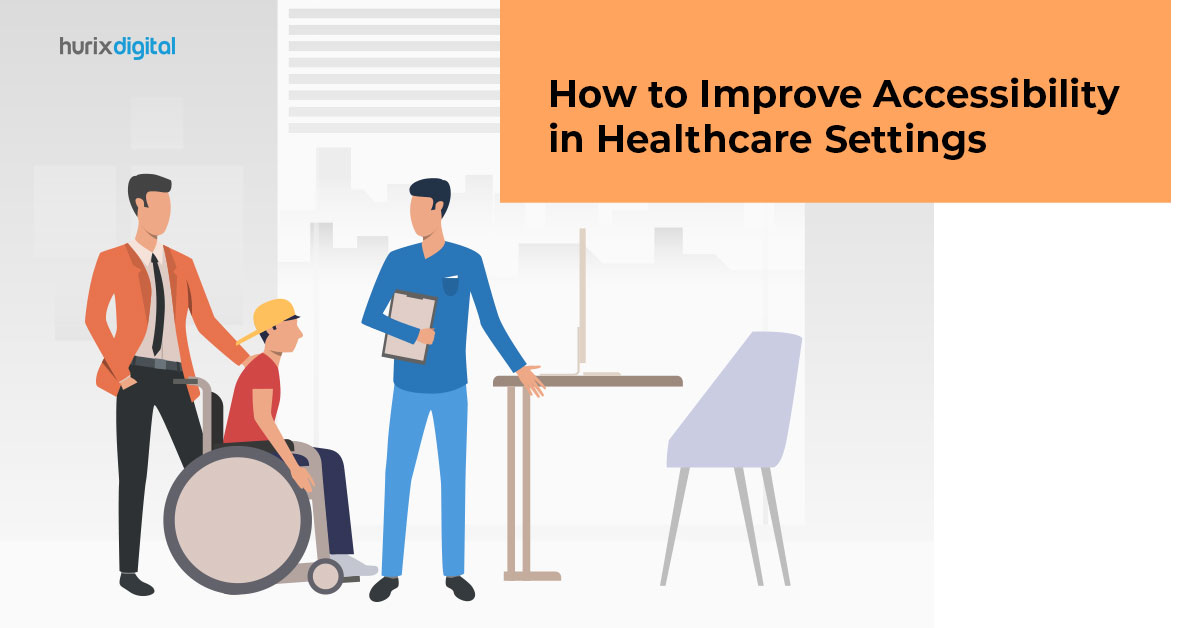
Unifying the Digital Space by Inculcating Cultural Sensitivity in Accessibility
Summary
This blog post explores the intersection of digital accessibility solutions and cultural sensitivity. It starts with a brief introduction of what digital accessibility is and how it links to cultural sensitivity. Then, it discusses the importance of cultural sensitivity and how it is useful to enhance digital accessibility.
Did you know that as of January 2023, there were 5.16 billion internet users worldwide, i.e., 64.4% of the global population? However, despite the growing dependency and usage of the internet, not every person can use it easily.
For instance, due to the lack of web accessibility, many users with disabilities have difficulties using digital products and services. Even though global regulations like ADA website compliance or Section 508 compliance, many websites and digital products still do not meet web accessibility compliance requirements.
Due to this, about 15% of the population, or an estimated 1 billion people who live with some form of disability, from getting equal opportunities. This is where accessibility solutions and cultural sensibility play an important role.
Table of Contents
- What is Digital Accessibility?
- Importance of Cultural Sensibility
- How Does Cultural Sensibility Help Enhance Digital Accessibility?
- Conclusion
Imagine a world where digital spaces seamlessly accommodate every individual’s unique needs and perspectives, regardless of their background or limitations. Such a world is not only possible but also crucial in our quest to harness the full potential of the digital age.
In this blog, we embark on a journey to explore the intersection of digital accessibility solutions and cultural sensitivity. We’ll delve into why these two concepts are intrinsically linked and how, by embracing cultural sensitivity, we can bridge the digital divide, creating a unified digital world that truly caters to the needs and aspirations of everyone.
What is Digital Accessibility?
Digital accessibility refers to the practice of designing and developing digital content and technologies in a way that ensures they can be used, understood, and interacted with by all individuals, including those with disabilities.
The goal of digital accessibility is to eliminate barriers that might prevent people with disabilities from accessing and using digital platforms, websites, software, mobile apps, and other digital content.
The 4 pillars of Digital Accessibility include:
1. Perceivability
Digital content should be presented in a way that allows users to perceive and understand it, regardless of their sensory abilities.
This includes providing alternatives for non-text content (e.g., alt text for images), using text that can be resized and reflowed without losing information, and ensuring that multimedia content is accessible through captions and audio descriptions.
2. Operability
Digital interfaces and content should be navigable and operable using various input methods, such as keyboard-only navigation, voice commands, or screen readers.
It ensures that users with diverse abilities can interact effectively with the content.
3. Understandability
Information and user interface components should be clear and straightforward. Users should be able to understand how digital content works and how to use it without encountering confusion or unexpected behaviors.
4. Robustness
Digital technologies should be designed to be compatible with current and future assistive technologies, such as screen readers, voice recognition software, and braille displays. This ensures that accessibility features remain effective as technology evolves.
Content or web accessibility solutions follow these principles when evaluating and designing digital products, ensuring they meet ADA website compliance and other content accessibility protocols.
Importance of Cultural Sensitivity
Cultural sensitivity, also known as cultural awareness, is paramount in today’s interconnected and diverse world.
It refers to the emotional quotient (EQ) of any organization or group to recognize, respect, and effectively navigate cultural differences and nuances when interacting with individuals from diverse backgrounds. Here are several reasons why cultural sensitivity is crucial:
1. Promotes Inclusivity
Cultural sensitivity fosters inclusivity by acknowledging and valuing the diversity of cultures, beliefs, and backgrounds. When people feel respected and included, it leads to a more harmonious and equitable society.
2. Enhances Communication
Effective communication is vital in all aspects of life, whether personal or professional. Cultural sensitivity helps break down communication barriers, reducing misunderstandings and conflicts arising from cultural differences.
3. Strengthens Relationships
Building strong relationships, whether in business or personal life, often hinges on mutual respect and understanding. Cultural sensitivity paves the way for meaningful connections with people from different cultural backgrounds.
4. Avoids Stereotyping and Bias
Stereotypes and biases can lead to unfair judgments and discriminatory behaviors. Cultural sensitivity encourages individuals to challenge stereotypes and treat each person as unique.
How Does Cultural Sensibility Help Enhance Digital Accessibility?
One of the most essential benefits of cultural sensitivity or awareness is the ability to empathize with different individuals, regardless of their background or special requirements.
It is crucial when building digitally accessible solutions, as the software or app being built needs to be designed considering a diverse audience’s unique requirements.
By including cultural sensitivity in app development or building accessibility solutions, organizations can effectively benefit from the following:
1. Content Relevance
Every individual has unique preferences, values, and perspectives. Cultural sensitivity ensures that digital content is culturally relevant and resonates with a diverse audience.
It can lead to increased engagement and usability for users from diverse backgrounds.
2. Multilingual Support
Cultural sensitivity encourages the inclusion of multiple languages in digital content, making it accessible to non-English speakers.
Providing content in different languages can expand the reach and accessibility of digital platforms.
3. Cultural Symbols and Icons
Symbols, icons, and imagery can carry different meanings in various cultures.
Being culturally sensitive helps choose symbols and icons that are universally understood or can be easily adapted to different cultural contexts, reducing confusion and ensuring accessibility.
4. User Interface Design
Cultural sensitivity influences the design of user interfaces. It considers factors like color schemes, layouts, and navigation structures that are culturally appropriate and intuitive for users from different regions.
5. Accessibility Features
Cultural differences can affect how individuals with disabilities perceive and interact with digital content.
Cultural sensitivity in accessibility design ensures that assistive technologies, such as screen readers, are compatible with various languages and cultural contexts.
6. Compliance with International Standards
Many international standards and guidelines for accessibility, such as the Web Content Accessibility Guidelines (WCAG), emphasize the importance of cultural sensitivity in digital accessibility practices.
By including cultural sensitivity in accessibility solutions, any new solution being built can meet basic compliance requirements and be effectively utilized by people with disabilities.
Also Read: Accessibility Laws Around the World: A Comprehensive Overview
Conclusion
By embracing cultural sensitivity, we unlock the potential to bridge the digital divide and foster inclusivity on a global scale. This synergy empowers us to create digital content, technologies, and experiences that resonate with and cater to the diverse needs and expectations of people from all corners of the world.
As we move into a highly digital world, digital accessibility solutions are not just about enabling businesses to get an edge over the competition. They are now practical and necessary to ensure that the digital space becomes a place for all, regardless of ability or cultural background.
Want your business to build accessible content? Then, Hurix Digital is here for you. Contact us and benefit from the best web accessibility solutions.

Vice President – Digital Content Transformation. He is PMP, CSM, and CPACC certified and has 20+ years of experience in Project Management, Delivery Management, and managing the Offshore Development Centre (ODC).








